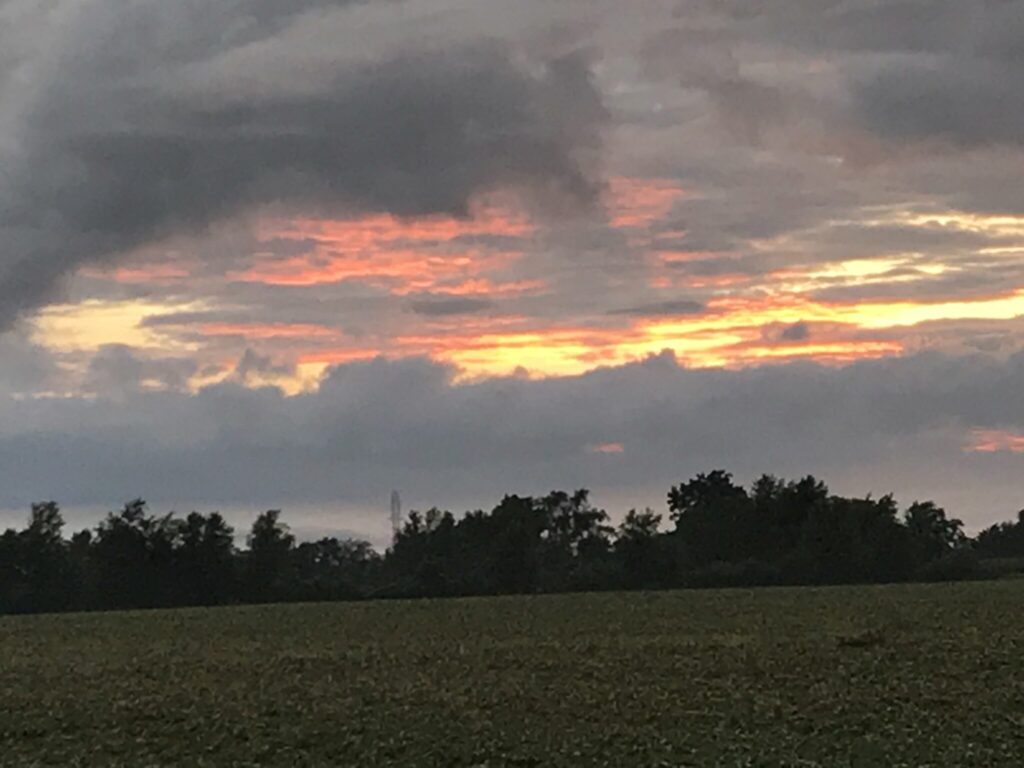
To make excellent quality hay, the forage needs to be cut at the right growth stage and packaged into a bale at the right moisture content without incidence of rain damage. As forages mature, protein and digestibility concentrations decline. If the forage is harvested too late, dry matter intake by the consuming animal will be less because of high fiber concentration. Baling hay too wet can result in mold formation, reduced quality and the possibility of spontaneous combustion. When the hay is baled too dry, leaf loss occurs which results in less yield and quality. The link below is a video about timing the hay harvest. Timing of the Hay Harvest Making quality hay requires awareness of the maturity stage of the grass and legume, and weather conditions. Top forage-livestock producers make timing the hay harvest a management priority.


